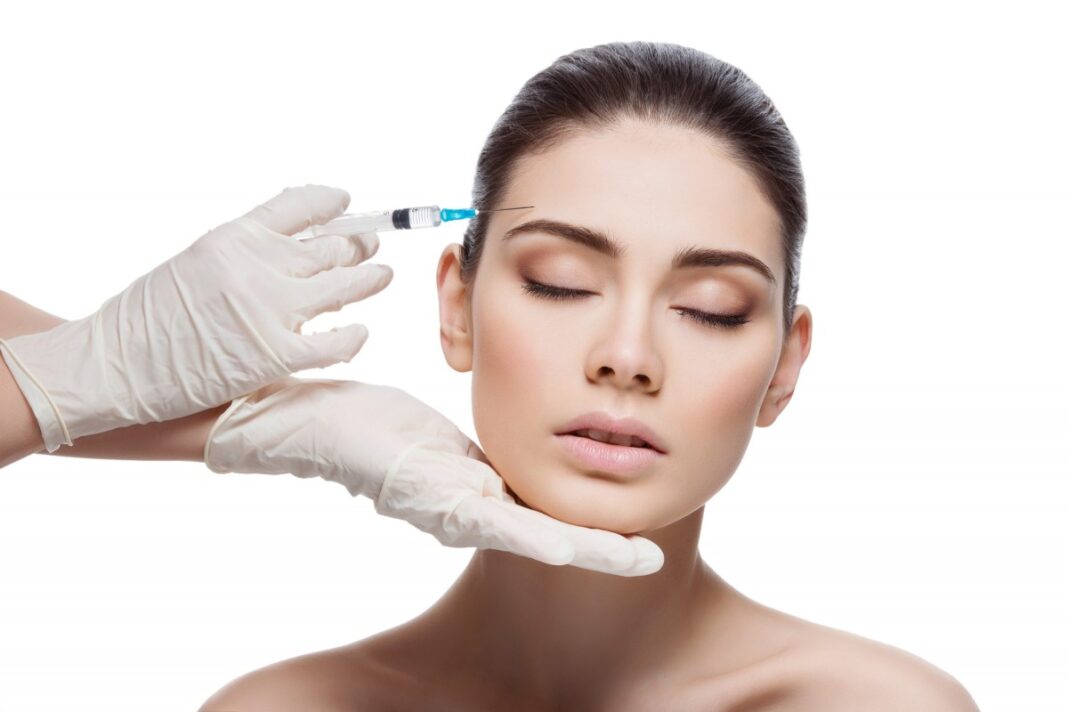Botox, a popular cosmetic treatment, is widely used to smooth out wrinkles and lines on the face, particularly in the forehead area. The effectiveness of Botox is influenced by several factors, including the number of units administered. Determining the right amount of Botox for your forehead is crucial for achieving natural-looking results while avoiding potential side effects. You will explores more about how many units of botox for forehead in this article.
Understanding Botox and Its Function
Botox, short for Botulinum toxin, is a neurotoxic protein produced by the bacterium Clostridium botulinum. When injected in small doses, Botox temporarily paralyzes the muscles responsible for creating wrinkles. This relaxation of the muscles leads to a smoother appearance of the skin. Botox is commonly used to treat dynamic wrinkles, which are caused by repetitive facial movements, such as frowning or raising the eyebrows.
Factors Affecting the Number of Botox Units Needed
Several factors influence the number of Botox units required to effectively treat the forehead area. These factors include:
1. Muscle Strength and Activity
The strength and activity level of the forehead muscles play a significant role in determining the number of units needed. Individuals with stronger or more active forehead muscles may require more units to achieve the desired effect. Conversely, those with less muscle activity might need fewer units.
2. Wrinkle Severity
The severity of the wrinkles or lines on the forehead also affects the Botox dosage. For deeper and more pronounced lines, a higher number of units may be necessary to achieve a smooth appearance. On the other hand, for mild wrinkles, fewer units may suffice.
3. Desired Outcome
Your personal goals and desired outcome influence the Botox dosage. Some individuals may seek a subtle reduction in wrinkles, while others may desire a more dramatic smoothing effect. Your aesthetic preferences will guide the number of units required.
4. Facial Anatomy
The anatomy of your forehead, including its size and shape, impacts the amount of Botox needed. Larger foreheads or those with broader muscle areas may require additional units to cover the entire surface evenly.
5. Experience of the Injector
The expertise of the injector can affect the outcome of the Botox treatment. Experienced practitioners can more accurately assess and administer the appropriate number of units needed based on individual factors. Choosing a qualified and skilled injector ensures optimal results and minimizes the risk of complications.
General Guidelines for Botox Units in the Forehead
The number of Botox units required for the forehead can vary based on individual factors. However, general guidelines provide a starting point for understanding typical dosages:
1. Standard Dosage Range
For most individuals, the standard dosage range for treating the forehead with Botox is between 10 to 30 units. This range accounts for variations in muscle strength, wrinkle severity, and desired outcome.
- Mild Wrinkles: For mild forehead wrinkles or lines, 10 to 15 units may be sufficient. This dosage provides a subtle reduction in wrinkle appearance without completely eliminating facial expression.
- Moderate Wrinkles: For moderate to severe forehead lines, 15 to 25 units are often used. This range helps achieve a more noticeable smoothing effect while maintaining natural facial movement.
- Severe Wrinkles: In cases of deep or pronounced forehead wrinkles, 25 to 30 units or more may be needed. This higher dosage aims to provide significant wrinkle reduction and a smoother forehead appearance.
2. Treatment Areas
Botox injections for the forehead are typically administered in multiple areas to ensure even coverage and effective wrinkle reduction. Common treatment areas include:
- Horizontal Lines: These lines run across the forehead and are typically treated with injections along their length.
- Vertical Lines: Also known as “frown lines” or “glabellar lines,” these lines between the eyebrows may be treated in conjunction with horizontal forehead lines.
What to Expect During and After the Treatment
1. The Procedure
Botox injections are relatively quick and minimally invasive. During the procedure, the injector uses a fine needle to administer the Botox into specific points on the forehead. The process usually takes about 10 to 15 minutes and is well-tolerated by most patients.
2. Post-Treatment Care
It’s important to avoid strenuous activities, rubbing the treated area, or lying down for several hours after the procedure to ensure the Botox settles correctly.
3. Results and Longevity
Botox results typically become noticeable within 3 to 7 days after treatment. The effects can last between 3 to 6 months, depending on individual factors and muscle activity. Regular maintenance treatments can help sustain the desired appearance and manage forehead wrinkles effectively.
Consultation with a Professional
Consulting with a qualified healthcare provider or cosmetic specialist is essential for determining the appropriate number of Botox units for your forehead. During the consultation, the provider will assess your facial anatomy, discuss your goals, and recommend a tailored treatment plan. An experienced injector will also address any questions or concerns you may have about the procedure, ensuring you make informed decisions about your treatment.
Conclusion
Determining the right number of Botox units for your forehead involves considering several factors, including muscle strength, wrinkle severity, and desired outcome. The standard dosage range for forehead Botox treatment is typically between 10 to 30 units, but individual needs may vary. By consulting with a skilled and experienced injector, you can receive personalized recommendations that align with your aesthetic goals and ensure optimal results.
Botox remains a popular and effective solution for reducing forehead wrinkles and achieving a smoother, more youthful appearance. Understanding the factors that influence Botox dosage and working with a qualified professional can help you make informed decisions about your treatment and enjoy the benefits of a revitalized appearance.


